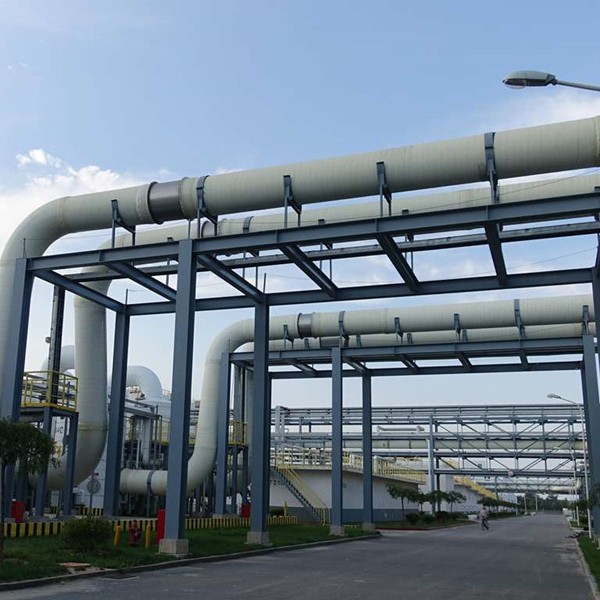
-
 Afrikaans
Afrikaans -
 Albanian
Albanian -
 Amharic
Amharic -
 Arabic
Arabic -
 Armenian
Armenian -
 Azerbaijani
Azerbaijani -
 Basque
Basque -
 Belarusian
Belarusian -
 Bengali
Bengali -
 Bosnian
Bosnian -
 Bulgarian
Bulgarian -
 Catalan
Catalan -
 Cebuano
Cebuano -
 China
China -
 China (Taiwan)
China (Taiwan) -
 Corsican
Corsican -
 Croatian
Croatian -
 Czech
Czech -
 Danish
Danish -
 Dutch
Dutch -
 English
English -
 Esperanto
Esperanto -
 Estonian
Estonian -
 Finnish
Finnish -
 French
French -
 Frisian
Frisian -
 Galician
Galician -
 Georgian
Georgian -
 German
German -
 Greek
Greek -
 Gujarati
Gujarati -
 Haitian Creole
Haitian Creole -
 hausa
hausa -
 hawaiian
hawaiian -
 Hebrew
Hebrew -
 Hindi
Hindi -
 Miao
Miao -
 Hungarian
Hungarian -
 Icelandic
Icelandic -
 igbo
igbo -
 Indonesian
Indonesian -
 irish
irish -
 Italian
Italian -
 Japanese
Japanese -
 Javanese
Javanese -
 Kannada
Kannada -
 kazakh
kazakh -
 Khmer
Khmer -
 Rwandese
Rwandese -
 Korean
Korean -
 Kurdish
Kurdish -
 Kyrgyz
Kyrgyz -
 Lao
Lao -
 Latin
Latin -
 Latvian
Latvian -
 Lithuanian
Lithuanian -
 Luxembourgish
Luxembourgish -
 Macedonian
Macedonian -
 Malgashi
Malgashi -
 Malay
Malay -
 Malayalam
Malayalam -
 Maltese
Maltese -
 Maori
Maori -
 Marathi
Marathi -
 Mongolian
Mongolian -
 Myanmar
Myanmar -
 Nepali
Nepali -
 Norwegian
Norwegian -
 Norwegian
Norwegian -
 Occitan
Occitan -
 Pashto
Pashto -
 Persian
Persian -
 Polish
Polish -
 Portuguese
Portuguese -
 Punjabi
Punjabi -
 Romanian
Romanian -
 Russian
Russian -
 Samoan
Samoan -
 Scottish Gaelic
Scottish Gaelic -
 Serbian
Serbian -
 Sesotho
Sesotho -
 Shona
Shona -
 Sindhi
Sindhi -
 Sinhala
Sinhala -
 Slovak
Slovak -
 Slovenian
Slovenian -
 Somali
Somali -
 Spanish
Spanish -
 Sundanese
Sundanese -
 Swahili
Swahili -
 Swedish
Swedish -
 Tagalog
Tagalog -
 Tajik
Tajik -
 Tamil
Tamil -
 Tatar
Tatar -
 Telugu
Telugu -
 Thai
Thai -
 Turkish
Turkish -
 Turkmen
Turkmen -
 Ukrainian
Ukrainian -
 Urdu
Urdu -
 Uighur
Uighur -
 Uzbek
Uzbek -
 Vietnamese
Vietnamese -
 Welsh
Welsh -
 Bantu
Bantu -
 Yiddish
Yiddish -
 Yoruba
Yoruba -
 Zulu
Zulu
FRP Solutions for Thermal and Nuclear Power Applications and Innovations
FRP Products for Thermal and Nuclear Power Enhancing Efficiency and Safety
In the field of energy production, both thermal and nuclear power plants face unique challenges regarding material performance and safety. As the industry strives for improved efficiency and sustainability, the utilization of Fiber Reinforced Polymer (FRP) materials has emerged as a transformative solution. FRP products offer a range of benefits that cater to the specific needs of thermal and nuclear power applications.
What are FRP Materials?
Fiber Reinforced Polymers (FRP) are composite materials made from a polymer matrix reinforced with fibers, typically glass, carbon, or aramid. These materials are renowned for their exceptional strength-to-weight ratio, corrosion resistance, and versatility. The combination of lightweight properties and robust performance makes FRP an attractive option for various components in power generation systems.
Applications in Thermal Power Plants
Thermal power plants, which use heat to generate electricity, face significant operational challenges, such as high temperatures, corrosive environments, and mechanical stresses. FRP materials are increasingly being employed in these settings for several applications
1. Piping Systems FRP pipes are resistant to corrosion from chemicals and heat, making them ideal for transporting fluids at high temperatures. Their lightweight nature simplifies installation and reduces structural loading.
2. Insulation FRP panels and wraps provide effective insulation, helping to minimize heat loss and improve energy efficiency in thermal power systems. Their durability also ensures long-term performance without the degradation often seen with traditional insulating materials.
3. Structural Components Many power plants are utilizing FRP materials for structural components, such as beams and platforms. The mechanical strength and lower maintenance requirements of FRP contribute to extended lifecycles and reduced downtime.
The Role of FRP in Nuclear Power
frp products for thermal and nuclear power

Nuclear power plants, which generate energy through nuclear fission, demand exemplary safety measures and material reliability. The unique environment within a nuclear facility is characterized by radiation, extreme temperatures, and the need for stringent safety protocols. Here’s how FRP products meet these demands
1. Radiation Resistance FRP materials exhibit excellent resistance to radiation, making them suitable for use in proximity to reactor cores and other high-radiation zones. They do not degrade as quickly as traditional materials, ensuring durability over time.
2. Containment Structures FRP composites are being utilized in the construction of containment vessels and bio-shields, where they provide both mechanical strength and radiation shielding properties. This dual functionality enhances the safety and efficiency of nuclear power operations.
3. Maintenance-Free Solutions The longevity and corrosion resistance of FRP materials mean that many components require less frequent maintenance, leading to lower operational costs and increased safety. Reducing maintenance also minimizes the risks associated with personnel exposure to hazardous environments.
Sustainability and Future Prospects
With global emphasis on sustainability and reducing the carbon footprint, the development and application of FRP materials in thermal and nuclear power generation represent a significant step forward. These materials not only support the efficiency of energy production but also minimize environmental impact through their longevity and reduced need for replacement.
As we look towards the future, ongoing research and innovation in FRP technology promise to enhance their applications in energy generation even further. Improved formulations and manufacturing techniques can lead to even stronger, lighter, and more versatile FRP products, capable of meeting the evolving challenges faced by thermal and nuclear power plants.
Conclusion
In summary, Fiber Reinforced Polymer products play a crucial role in advancing the efficiency and safety of thermal and nuclear power generation. Their unique properties, such as corrosion resistance, radiation shielding, and mechanical strength, position them as vital materials in the quest for sustainable energy solutions. As the energy sector continues to innovate, the utilization of FRP materials will undoubtedly grow, providing new opportunities for improved performance and safety in power generation. With a sustained focus on research and development, the future of FRP in these critical industries looks promising.









